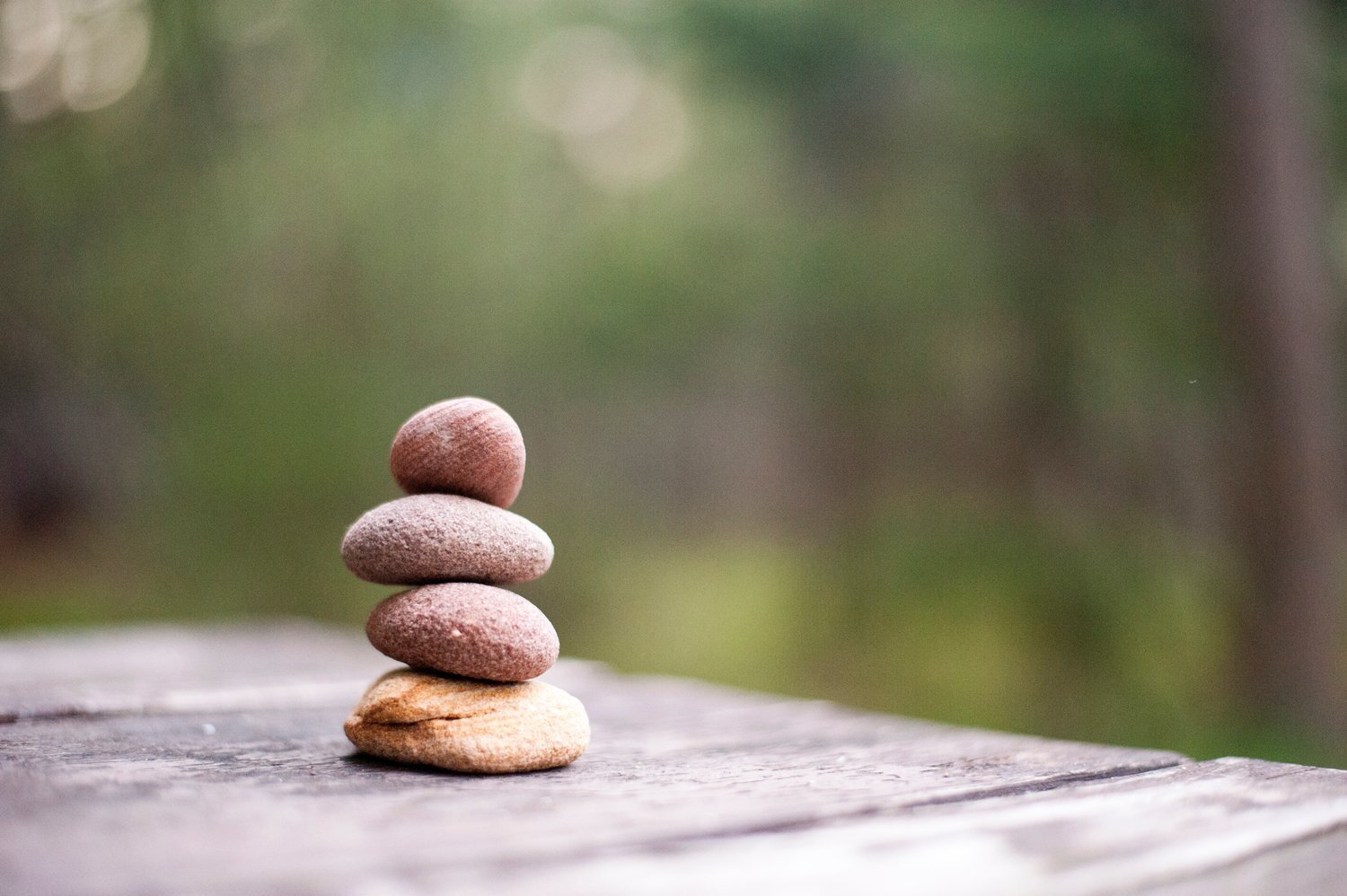Cross Training Your Attention
I never really enjoyed gym class. It seemed like a handful of athletic kids had fun while the rest of us came up with ways to get through it.
It wasn’t until I graduated high school that I began to explore ways to be physically active that appealed to me. I started to run, lift weights, swim, and do yoga because I wanted to. I found cross-training to be enjoyable in a way that gym class and team sports never were.
Over the years, I’ve had a similar shift in my meditation practice. When I started meditating, I followed my breath. Everything I had read about mindfulness techniques made it sound like breath awareness was the only piece of equipment in the attention gym. I muscled through it and noticed a growing ability to relax in simple situations. However, I found breath awareness less useful and relaxing in more difficult situations outside of my formal meditation training. When I was anxious, noticing my breath often led me to feel more distressed.
Liberating Options
When I discovered Shinzen Young’s approach to mindfulness, my practice instantly became more interesting and practical. Focusing on the breath was still a good option, but there were other physical sensations and mindfulness techniques I could also invite to the exploration.
I could also work with other sensory experiences, such as seeing, hearing, thinking, and even feeling my emotions. It was like realizing that the gym I’d belonged to not only had the row of treadmills I’d been using, but also equipment for building muscles and classes designed to improve flexibility.
When you select a perception to focus on, you soon discover that all the other perceptions will demand your attention. In the Unified Mindfulness system, every category of sensation gets its turn in the spotlight.
For example, in mindfulness, when you pay close attention to your physical senses, you practice letting thoughts and feelings play out in the background. When the emphasis is on observing your thoughts or feelings, however, it’s the physical senses that get to ride in the back seat.
If you haven’t been able to establish mindfulness techniques or a routine with only one or two options, like breath awareness and body scans, the Unified Mindfulness system might help get you back in the game.
Transferable Skills
Some physical exercises develop strength while others build endurance. Still, others improve flexibility over time. Combining various types of exercises boosts their overall impact. Similarly, some mindfulness techniques develop focus and others help sharpen a higher-definition capacity for experiencing your ordinary senses.
Imagine being able to get better at feeling your unpleasant emotions without taking them as personally and fighting with them less. This kind of objectivity is a trainable ability that not enough people realize is possible.
The great thing is that attentional skills and mindfulness techniques are transferable. When you get better at observing sounds, for example, this enables you to get better at listening to your own verbal thoughts so they interfere less. You can get better at teasing the signals from the noise in every sensory domain through meditation training. All of this makes it possible to customize attentional exercises that fit your specific needs.
Endless Applications
I practice mindfulness every day, but I don’t do it to get better at sitting still in quiet rooms. I do it to get better at staying more engaged in my life regardless of the circumstances that are beyond my direct control.
Unified Mindfulness can equip you with the tools you need to turn any life situation into an opportunity to strengthen your concentration power, sensory clarity, and equanimity. Once you learn the basics of effective mindfulness techniques, you can start to turn everyday experiences into opportunities to exercise your attention.
Tasks you tend to dread can become moments for meditation training with attentional benefits. It feels surprisingly liberating to turn trips to the grocery store, boring meetings, and unloading the dishwasher into perception games that nobody knows you’re playing. The activities you already enjoy, like taking a walk or preparing a favorite meal, become even more satisfying as you start to experience them more completely.
On the surface, adult life is very different from gym class. The challenges are different, but the core obstacles are the same. Discovering the right mix of exercises and mindfulness techniques that you can do to develop attentional skills will prepare you to respond to the messiness of real life in unimaginably liberating ways.


